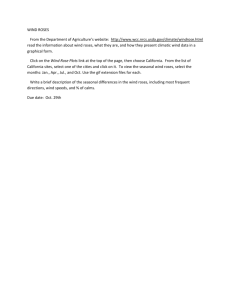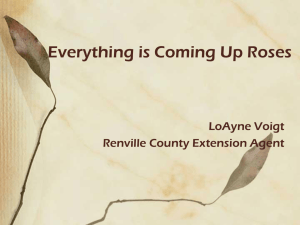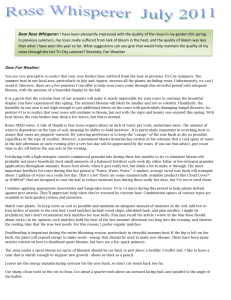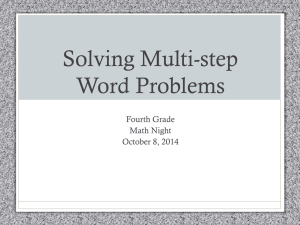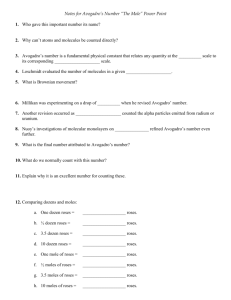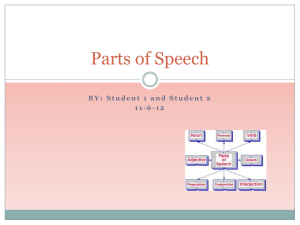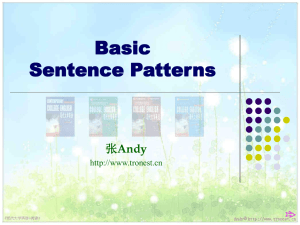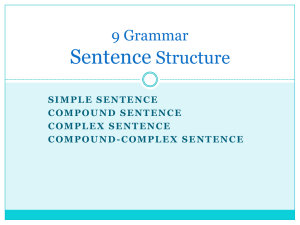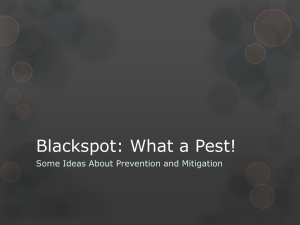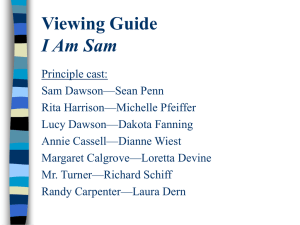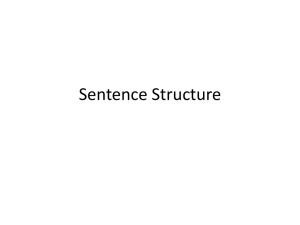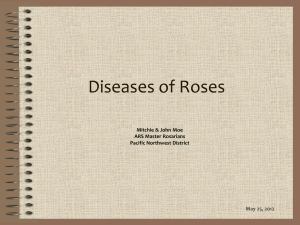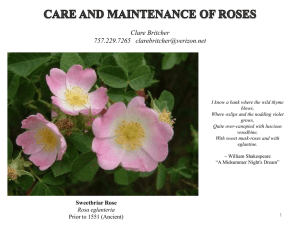Combining Sentences
advertisement
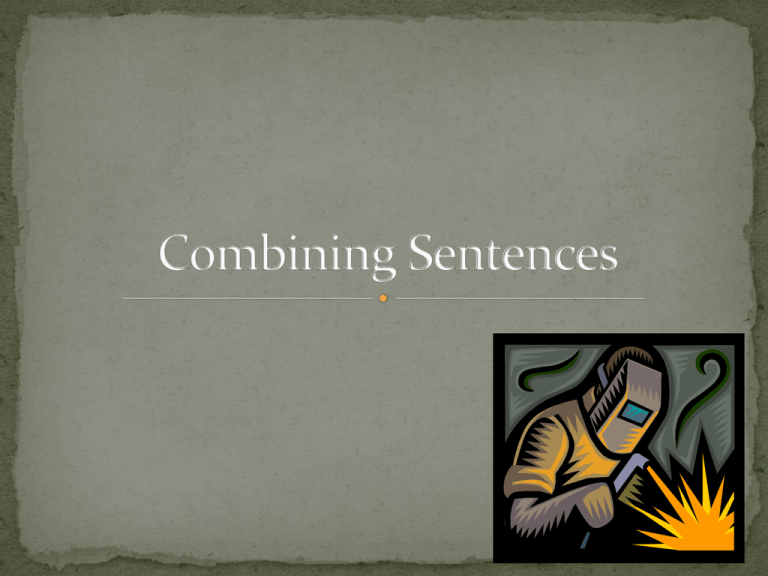
Too many simple sentences can become boring. Combining sentences varies the structure of a piece of writing. You can make your writing more concise by combining sentences to avoid unnecessary repetition. Combining sentences can also add more meaning. You can use conjunctions to highlight relationships between things, ideas, or events. Coordinating conjunctions, like “and,” “but,” and “or,” can be used to join sentences in such a way that each half of the sentence does not depend on the other half to make sense. I grow roses. My roses are the best in the county. I grow roses, and my roses are the best in the county. Or: I grow roses, and they are the best in the county. (Look for ways to shorten your combined sentences by using pronouns like “they.”) Subordinating conjunctions make one part of the sentence depend on another for its full meaning. Using subordinating conjunctions can add new information to your writing. Notice the difference in meaning between these two examples. I grow roses. Many people like roses. I grow roses because many people like them. Some common subordinating conjunctions: because, although, even though, when, while The colon and semicolon can also combine sentences. A semicolon replaces “, and” to join two items that could be complete sentences on their own. I grow roses; they are the best in the county. A colon can combine sentences, taking the place of “that is.” My neighbor taught me the key to growing roses: Always use the right soil. While it is commonly accepted to capitalize the first word after a colon (as long as what comes after the colon is a complete sentence), never capitalize the first word after a semicolon. Look for opportunities to combine and shorten using some rewording, like in this example. Here, one subject, Sam, does two things in the sentence. Sam hates my roses. Sam wants to chop them down. Sam hates my roses and wants to chop them down. Here is a more complicated example, which uses an aside. An aside is extra information set off from the sentence in one or more commas. Sam loves daisies. He would pull up all the roses in the garden so he could plant daisies in their place. Sam, who loves daisies, would pull up all the roses in the garden so he could plant daisies in their place. Not every pair or group of sentences should be combined. Varying sentence length and structure makes writing more interesting and easier to read. Try not to put too much information in a single sentence, as in the following example. I sold some roses at the county fair, but then Sam, who hates roses, arrived and, after waving a big sign saying “Down with roses! Daisies forever!” stole my garden shears, which my mother had given me, and did the worst thing he could do: He snipped the flower off every single stem. Whew! What a messy sentence! …make your writing shine!
